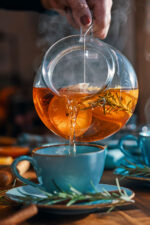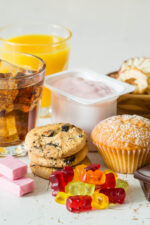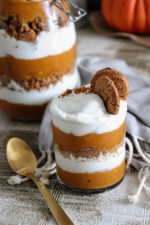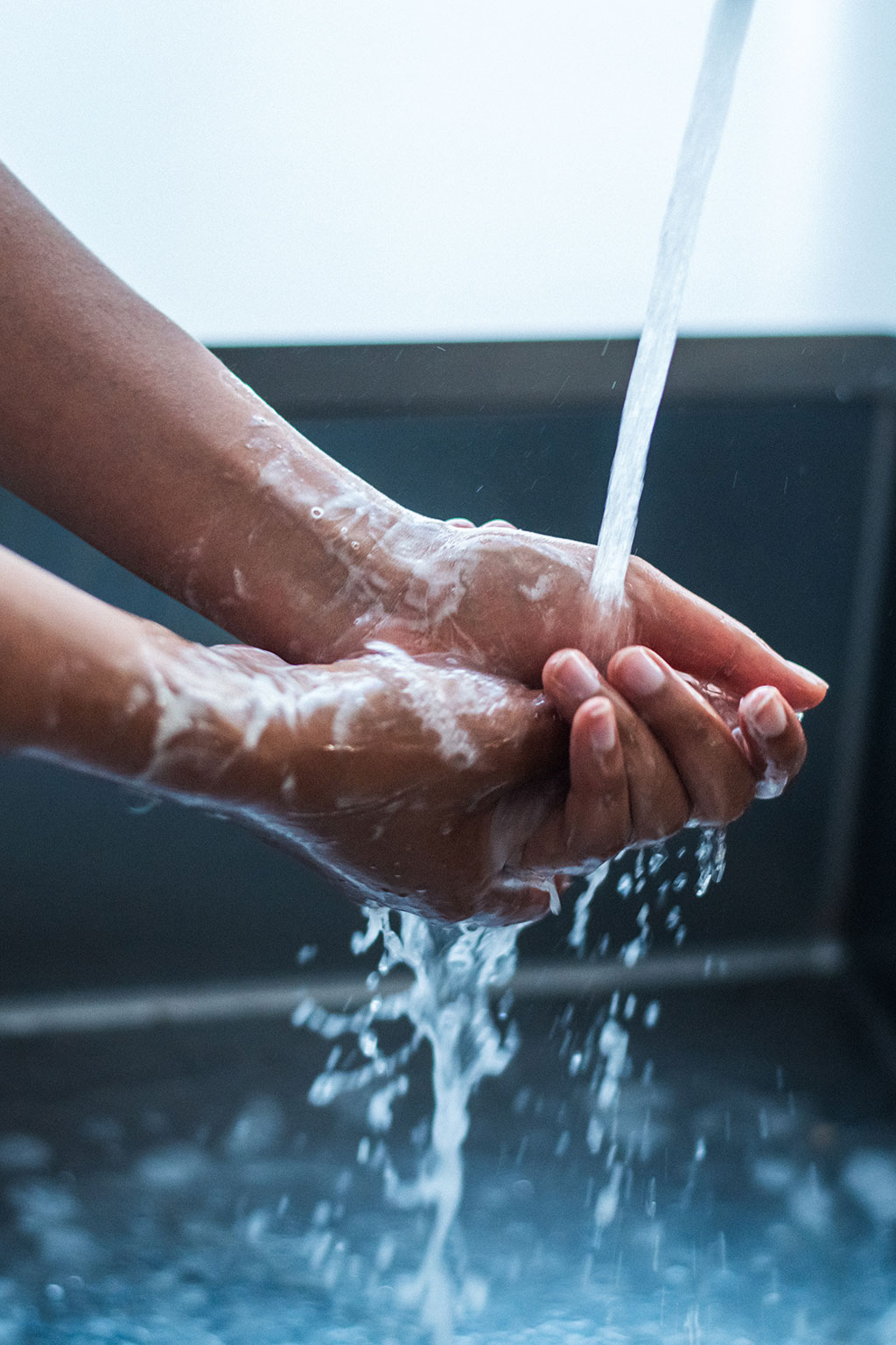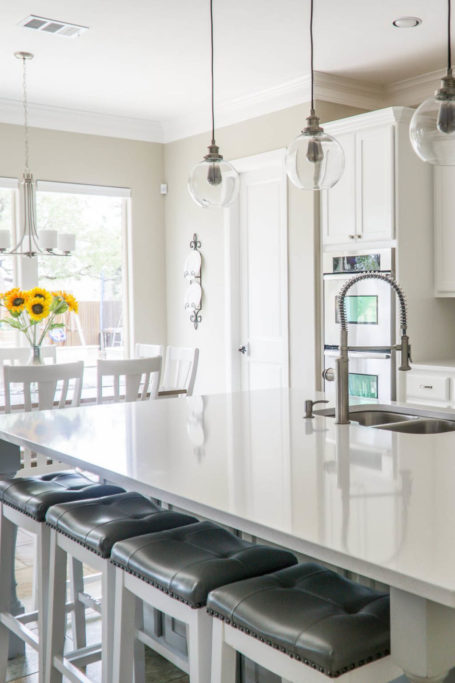Food Safety 101
Nothing ruins the enjoyment of a meal more than worrying if eating it will lead to a foodborne illness.
Whether you’re whipping up a quick lunch for yourself, hosting a crowd, or firing up the grill, understanding the basics of temperature, hygiene, and storage can help ensure you’re serving delicious, anxiety-free meals.

Food safety basics
Reality is that one in six Americans face the unpleasant experience of food poisoning every year. This is a staggering statistic, but the good news is that your fate is in your own hands. To safeguard yourself and your loved ones from illness, simply adopt these four essential strategies for proper food handling.
Clean
Both before and throughout the cooking process, thoroughly wash your hands with soapy water for at least twenty seconds, paying attention to the spaces between your fingers and beneath your nails. This is especially important to do after handling raw meat. Additionally, clean and sanitize all surfaces, cutting boards, and utensils after every use, and regularly run your dish towels through your washing machine’s hot cycle to eliminate bacteria.
Separate
Cross contamination is often the main culprit of food poisoning, so keep raw meats away from other foods at all times, even while grocery shopping. Always use separate cutting boards, utensils, and dishes for prep; if you have a limited number of tools, wash them in warm, soapy water before reusing them with different food groups.
Cook
Regardless of your cooking method—oven, stovetop, grill, or microwave—ensure your meat is cooked thoroughly by inserting a meat thermometer into the center of it. You can also use it to check other foods like casseroles or leftovers; refer to this guide from FoodSafety.gov to know what internal temperature to aim for with anything you’re cooking. Food should always be kept out of the “danger zone” of 40 to 140 degrees, so if you’re not serving immediately, keep dishes warm by using a chafing dish, warming tray, or slow cooker.
Chill
Improperly stored food poses a risk of rapid bacteria growth. Using an appliance thermometer, verify that your refrigerator is set at or below 40 degrees and your freezer at or below 0 degrees. To avoid the danger zone, promptly refrigerate cold groceries, unused ingredients, and leftover meals and store your eggs on lower shelves rather than the door, which will minimize their exposure to temperature fluctuations. Further, make sure to freeze meats by their use-by dates.
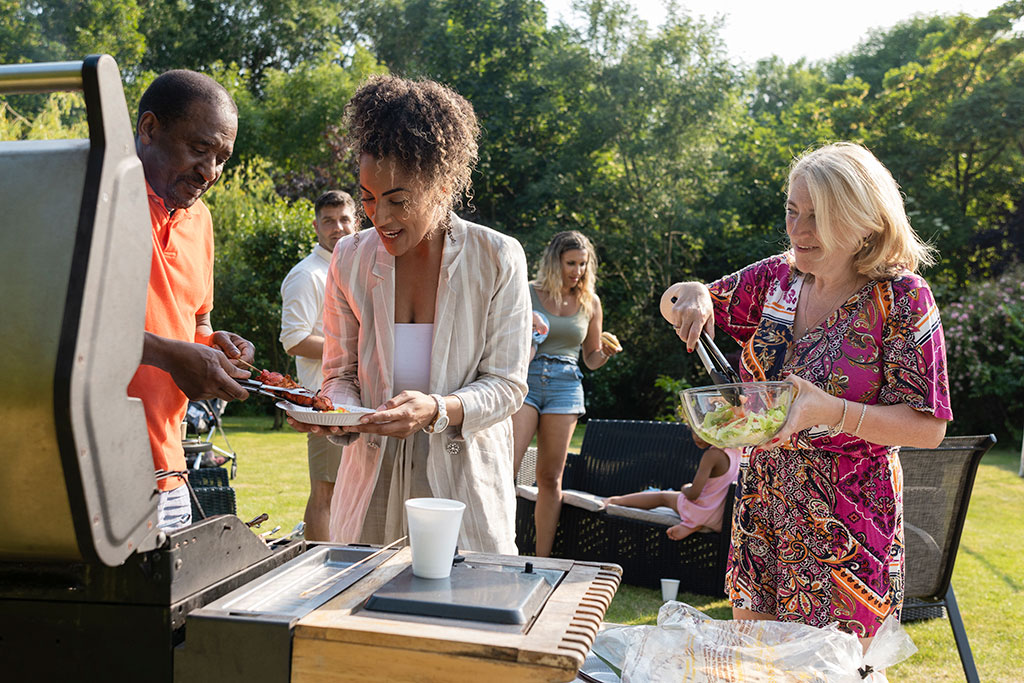
Serving for a crowd
In addition to the basics above, there are several guidelines to follow when cooking for many people. Armed with this knowledge, you can confidently host a gathering of any size, serving up a delicious spread without compromising food safety.
Preserve perishable foods with proper cooling
If you plan to offer a buffet-style spread, it’s crucial to consider your timing; you’ll want to follow the FDA recommendation of letting perishable foods sit at room temperature for no more than two hours to keep them out of the danger zone. Given the challenge of predicting how long it will take you to prep the meal and begin serving it once people arrive, take precautions by storing cold items in the refrigerator or a cooler below 40 degrees until it’s time to eat. It may also be helpful to prepare smaller platters instead of larger ones to minimize the risk of food waste and spoilage; you can then easily replenish them as needed.
Keep warm foods at a safe temperature
Similarly, you’ll need to keep hot foods above 140 degrees to prevent bacteria growth if they’re going to be out longer than the advised two hours. Whether you’re utilizing chafing dishes, warming trays, or slow cookers, check in advance that they can sustain this higher temperature since many only operate within the range of 110 to 120 degrees.
Reheat foods properly
Catering for a crowd often means doing some food preparation in advance, whether that involves simply chopping ingredients or doing some actual cooking. For dishes that require reheating after being refrigerated, you’ll need to bring them to the minimum safe consumption temperature of at least 165 degrees before serving them. Avoid using chafing dishes, warming trays, or slow cookers to do so since these methods take too long to reheat precooked foods, increasing the risk of them lingering in the danger zone. Instead, go with the oven for optimal safety.
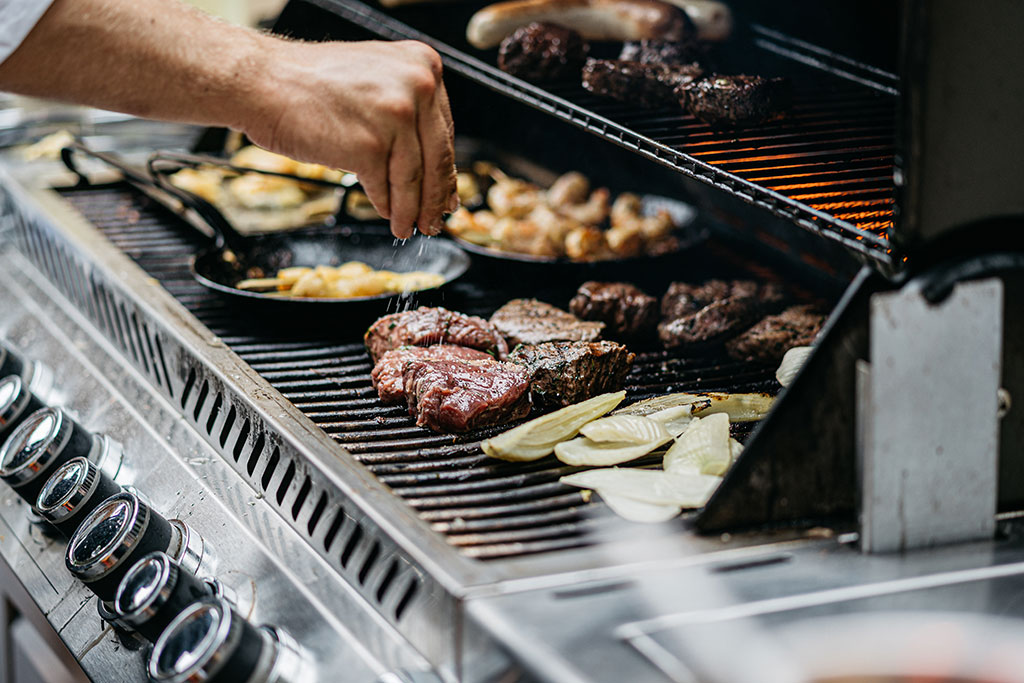
Grilling to perfection
While grilling is still most popular in summertime, over 50 percent of Americans now reportedly engage in this activity year-round. Whether you’re firing up the grill for the first time since last year or it’s in your standard cooking rotation, it’s important to take the necessary precautions for a safe and delicious outdoor-dining experience.
Use caution when marinating your food
Before grilling, you may choose to marinate your meat to enhance its flavor. Most recipes recommend doing so in the refrigerator at 40 degrees or colder for several hours—never leave it out on the counter. If you’re also planning to use the marinade as a sauce, reserve a portion of it before adding the raw meat. If you forget, you could simply boil it to eliminate harmful bacteria before applying it to your food as it’s grilling.
Cook thoroughly and check temperatures
As always, you should ensure your meats are fully cooked before eating them. While browning is usually a reliable indicator of this for some cooking methods, it can be misleading when grilling because the high heat may quickly sear the surface while leaving the inside raw. Additionally, never partially grill and finish cooking later—this can increase the risk of bacteria growth and potential foodborne illnesses.
Smoke your food properly
The flavorful art of smoking involves slow cooking meat indirectly over a fire, utilizing specialized containers safe for high heat. There are a variety of smokers available to choose from, but avoid using unapproved cookware like galvanized steel cans since they can introduce chemical residues to your meat. The USDA also recommends using two thermometers for safety: one to check doneness and another to monitor the smoker’s air temperature, which should range between 250 and 300 degrees.
Prioritizing food safety is vital for your well-being and the health of those around you. By grasping and adhering to fundamental practices, you can feel confident that your food is prepared as safely as possible while still being utterly delicious.
For more info, visit foodsafety.gov

